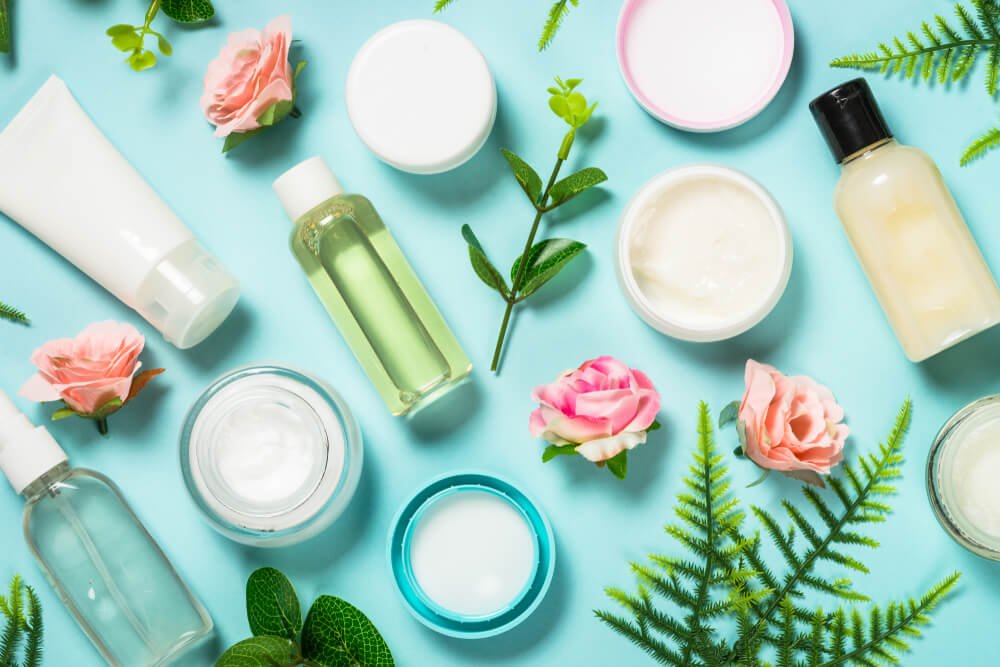
Verify Your Email Address
Please ensure to verify your email for confirmation. We recommend checking your spam and trash folders as well.

The beauty industry is booming, and private label cosmetics present an exciting opportunity for entrepreneurs to tap into this lucrative market. By selling private label cosmetics, you can offer high-quality products under your own brand, giving you control over branding, pricing, and marketing. Here’s a step-by-step guide to help you successfully sell private label cosmetics.
Private label cosmetics are products manufactured by one company but sold under another company’s brand. This allows you to offer a unique product line without the need to invest in manufacturing infrastructure. Your role is to select products, create a brand, and market them effectively.
Understanding your target market is crucial. Consider factors such as age, gender, skin type, and specific beauty concerns. Conduct surveys, analyze trends, and study your competitors to identify gaps in the market that your products can fill.
Research other brands selling private label cosmetics. Note their product offerings, pricing, marketing strategies, and customer reviews. This will help you understand what works and what doesn’t, and identify opportunities for differentiation.
Choose a range of products that cater to your target market’s needs. Popular categories include skincare (cleansers, moisturizers, serums), makeup (foundation, lipsticks, eyeshadows), and hair care (shampoos, conditioners, styling products).
Ensure the products meet high-quality standards. Partner with reputable manufacturers who comply with regulatory requirements and provide lab testing to ensure safety and efficacy.
Develop a compelling brand name, logo, and tagline that resonate with your target audience. Your brand identity should reflect the values and aesthetics of your target market.
Packaging plays a significant role in attracting customers. Invest in professional design that conveys luxury, quality, and aligns with your brand identity. Consider eco-friendly options to appeal to environmentally conscious consumers.
Search for manufacturers with experience in producing high-quality private label cosmetics. Attend trade shows, use online directories, and seek recommendations from industry professionals.
Discuss minimum order quantities (MOQs), pricing, production timelines, and quality control processes. Ensure the manufacturer can scale production as your business grows.
Cosmetics are subject to strict regulations. Ensure your products comply with local and international laws, including ingredient restrictions, labeling requirements, and safety standards.
Certifications like cruelty-free, organic, or hypoallergenic can enhance your brand’s credibility. Verify that your manufacturer can meet these standards.
Create a comprehensive marketing plan that includes digital marketing (social media, SEO, email marketing), influencer collaborations, and traditional advertising. Highlight the unique selling points (USPs) of your products.
Launch a professional website with an e-commerce platform. Ensure it is mobile-friendly, easy to navigate, and showcases your products effectively. Utilize high-quality images and detailed product descriptions.
Utilize platforms like Instagram, TikTok, and YouTube to showcase your products, engage with your audience, and collaborate with beauty influencers. Regularly post content that aligns with your brand and appeals to your target market.
Participate in beauty industry trade shows and events to network, gain exposure, and showcase your products to potential buyers and distributors.
Decide whether to sell directly to consumers (DTC) via your website, through third-party retailers, or both. Each channel has its advantages; DTC offers higher margins, while retail provides broader reach.
Implement an inventory management system to keep track of stock levels, sales, and reorders. This will help you avoid stockouts and overstock situations.
Partner with reliable fulfillment centers or handle shipping in-house. Ensure timely and efficient delivery to enhance customer satisfaction.
Offer responsive and helpful customer service to build trust and loyalty. Address customer inquiries, handle returns efficiently, and seek feedback to improve your products and services.
Encourage customers to leave reviews and testimonials. Use this feedback to make necessary improvements and to highlight positive experiences in your marketing materials.
Selling private label cosmetics can be a profitable venture if approached strategically. By conducting thorough market research, creating a strong brand, partnering with reliable manufacturers, and implementing effective marketing strategies, you can establish a successful cosmetics business. Stay informed about industry trends and continuously adapt to meet your customers’ evolving needs to ensure long-term success.

Please ensure to verify your email for confirmation. We recommend checking your spam and trash folders as well.